Ensemble 4
Paris ... Cairn ... Have a Seat ... Trading Roles - Jumping Fences
Privilege Shared?
2005-2021
Each drawing: 60"x40"
Tableau: 85"x160"x2.5"
The quote at the bottom of Fac-Simile (bis) “On ne sait plus…” (We don’t know anymore…) was replaced by PRIVILEGE SHARED and MOVING~PASSING. PRIVILEGE LOST is on the back side.
The original text of Fac-Simile (bis) is carved into four layers of gesso and paint on canvas. Verbs are at the past perfect, future perfect and present tense. Fac-Simile explores the relationship between the printed word and the image support-surface (Ref. Supports-Surfaces, a French Art Movement); Fac-Simile (bis) that of the written paper and the image support-surface. Fac Simile (bis) followed Fac Simile. Both were created and laid out by Bernard Crespin and myself, then published in the 4th and 5th issues of the journal CAIRN. one of the media of the Cooperative CAIRN, 1973-1984 Paris.
We were two of CAIRN co-founders who rented a studio together on Faubourg St Antoine east of Bastille, historically “the main street of Paris for wood and furniture craftsmen.” CAIRN was actually part studio part exhibition space. There we all explored installation art.
Before French President Mitterand & Minister of Culture Jack Lang or before art loving millionaires – who made too much money at the expense of workers – there were no grants or fellowships available for artists. 12 to 20 of us were toiling away to grow the cooperative. Easy or harsh conversations in smoky rooms lasted for hours. Silkscreening, and publishing the journal were our first collaborative tools of choice. Then we moved to black & white video, attracted by the innovative La Paluche camera…
Silkscreens above, by Bernard and I are inspired by two J.-D. Salinger short stories: “A dream day for Bananafish” and “For Esme with Love & Squalor.” Pictures of my two late sisters and famous André Kertész photograph “Satiric Dancer, Paris” (1926) are part of the collages. Surprisingly, 50 years later, I saw that photograph in a brand new Charleston restaurant.
CAIRN never grew old enough to enjoy computers. On the Web our Cairn hardly exists at this moment. Some art pieces are archived at the French National Library or belong to a few of us. After the mid-80’s our artistic and life choices/needs – income, family, leaving Paris, art matters, art world, multiple demands on artists – led us in different directions. I owe CAIRN and some of its artists the strength of so many of my perceptions or orientation (see introductory text). While carving the Fac-Simile (bis) text on canvas I still felt the pressure of Cairn as it foresaw a wider future.
Lectures à Pied,
thank you poet Anne-Cécile Levrat for a very feminine collaboration, a first experience of hanging pages on the wall – art could be touched, played with, read like a book – and such a notable cleaning of the floor!
Thank you Chöschu (Marcus Kaufmann) – Jacqueline Larrieu – Jacqueline Dupanier – Dominique Haneuse who are not here anymore; Jean Dupanier – Bernard Crespin – Michèle Waquant with whom I am still in touch (2022) and you all who participated or visited with honesty, friendship and generosity: Reine Abitbol – Anne-Cecile Levrat – Jacques Sirot – Jean-Claude Marquette – Bernard Blandiot – Richard Pernollet – Artur Barrio – Helene David – Roland Buraud – Sylvaine Letellier – Massimo Silveri – Vincent Priol – Michèle Brill – Sally Norman – Claude Games –
CAIRN, I still love your/our mission! Am I alone?
MOVING-PASSING on this Ensemble and le PLUS tard possible just above, are a time bridge with my Mom! When she had to leave her place, the bare walls showed multiple deposits from time past. Dust carries history; grease recalls memories (see Ensemble 8). her dust ? her grease ? her years?
“As you move into this series of Ensembles, the drawings seem to be more and more tragic” said Jean-Marie.
REALLY?
“Is a privilege shared a privilege lost?”
has been one of his many life questions ….
The first collaboration between Jean-Marie and I was a lesson in what collaborative work does to artists raised in the mythology of self-expression, individualism, uniqueness. Our first piece was “The Sun”: two artists, two approaches. The result is dialectical, coming down to steel vs. paper. When shown at CAIRN it was referred to as “La Poutre” (the beam). However the limitations of the dual mode exploded as soon as the project expended and became the Per-generated Opera this time with sun, sky, moon, earth, water, sound. It is shown (above) in the Medieval, Episcopal, Castle of Albi/ the Toulouse-Lautrec Museum (France). Thanks to Françoise L. from Nancy.
LoveSeats mean intimacy and inclusion, are needed for deep communication and the development of collaboration maybe. Texts on seats are quotes from Paul Kivel’s “Uprooting Racism (chapter one “The criminal justice system”), 2002. Photographs are of an exhibition curated by Frank Martin for the 50th anniversary of Brown VS Board of Education (2004); Stanback Museum (SCSU in Orangeburg).
At a second presentation (2004 Annual Meeting of Alternate ROOTS) the five benches were installed on stage. Ten ROOTS volunteers were asked to randomly sit two per love seat and read the texts, performance style. YOU WERE SO GOOD, ROOTS performers! This work was actually built to explore potentials between visual artists and theatre artists as well as increase reciprocal respect and creative/activist possibilities.
Trading Roles - Jumping Fences
Art in the Dialogue on Race
One of the first ROOTS Charleston Rhizome productions. Charleston City Gallery at Waterfront Park. 2004
FIRST, June 6-8 2003: “Making Art, Making Home” – a Resources for Social Change workshop in Charleston created by a partnership of SPOLETO’s “Rehearsing the Past” and Alternate ROOTS.
NEXT, Summer 2003: A conversation on the COMMUNITY ARTS NETWORK, thanks to ART IN THE PUBLIC INTEREST.
AND THEN: In an attempt to cross cultural barriers and to understand the various ingredients in the soup of words, we switch from authors of our own words to performers of others’.
Notes from the “Making Art/Making Home” workshops, bringing forth the voices of those who were there. By Gwylene Gallimard (October 2003)
Report on “Making Art/Making Home,” Alternate ROOTS Workshop at 2003 Spoleto Festival USA. By Frank Martin (October 2003)
An online discussion of issues and ideas arising in an Alternate ROOTS collaboration with 2003 Spoleto Festival USA. (October 2003)
An online discussion of issues and ideas arising in an Alternate ROOTS collaboration with 2003 Spoleto Festival USA. Part 2 (October 2003)
THE AUTHORS AND/OR READERS ARE:
Neill Bogan, Dana Brown, Thomas Bubilek, Jim Campbell, Arianne King Comer, Dena Davis, Felicia Furman Dryden, Omari Fox, Gwylene Gallimard, Pamella Gibbs, Amy Horwitz, Pierre Johnson, Bob Leonard, Tina Marshall-Bradley, Frank Martin, Jean-Marie Mauclet, Lasheia Oubre, Latonnya Wallace, Nayo Watkins, Frances Watson, Sam Watson, Darryl Wellington, Patton White, John Wright.
Such an important moment !
Nayo Watkins and Jim Campbell have passed away. However WE STILL TALK !
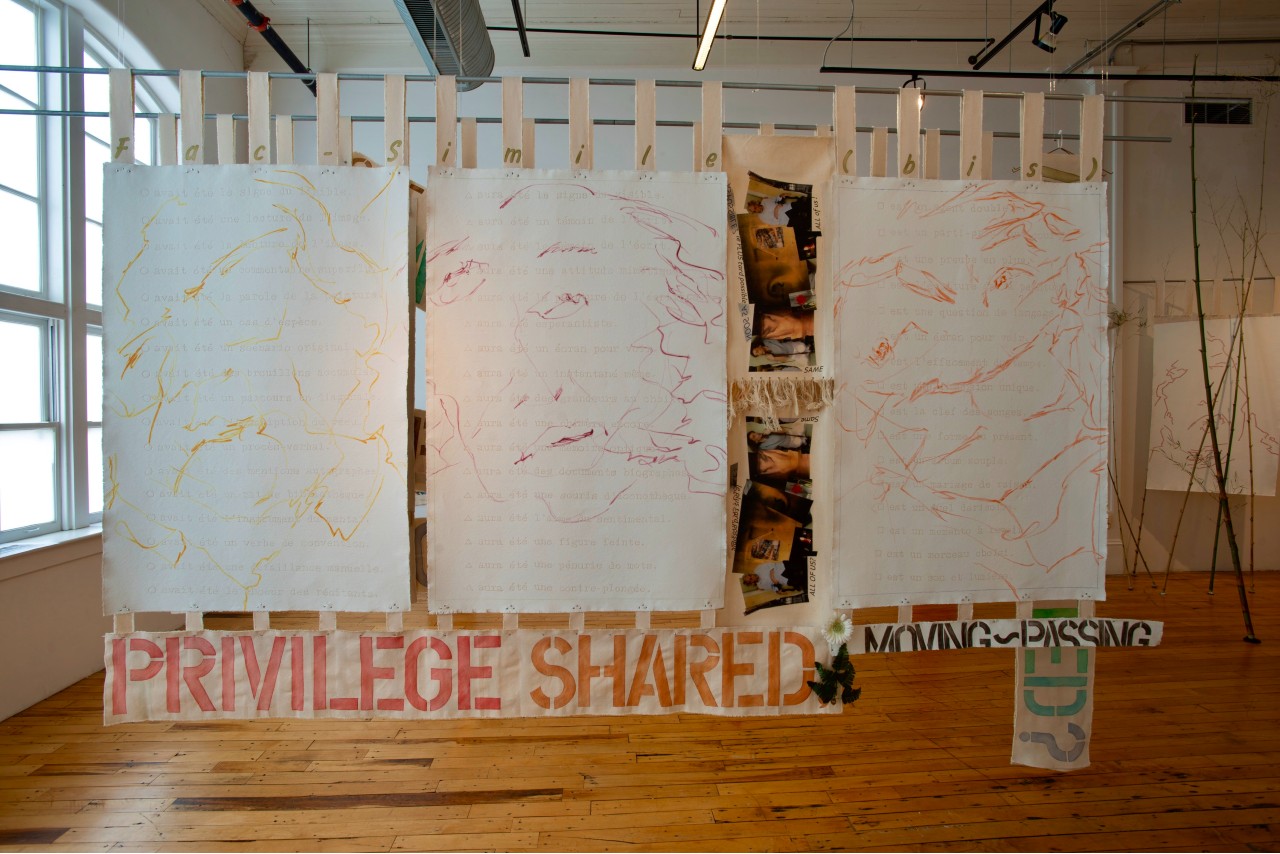
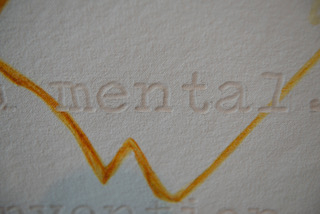
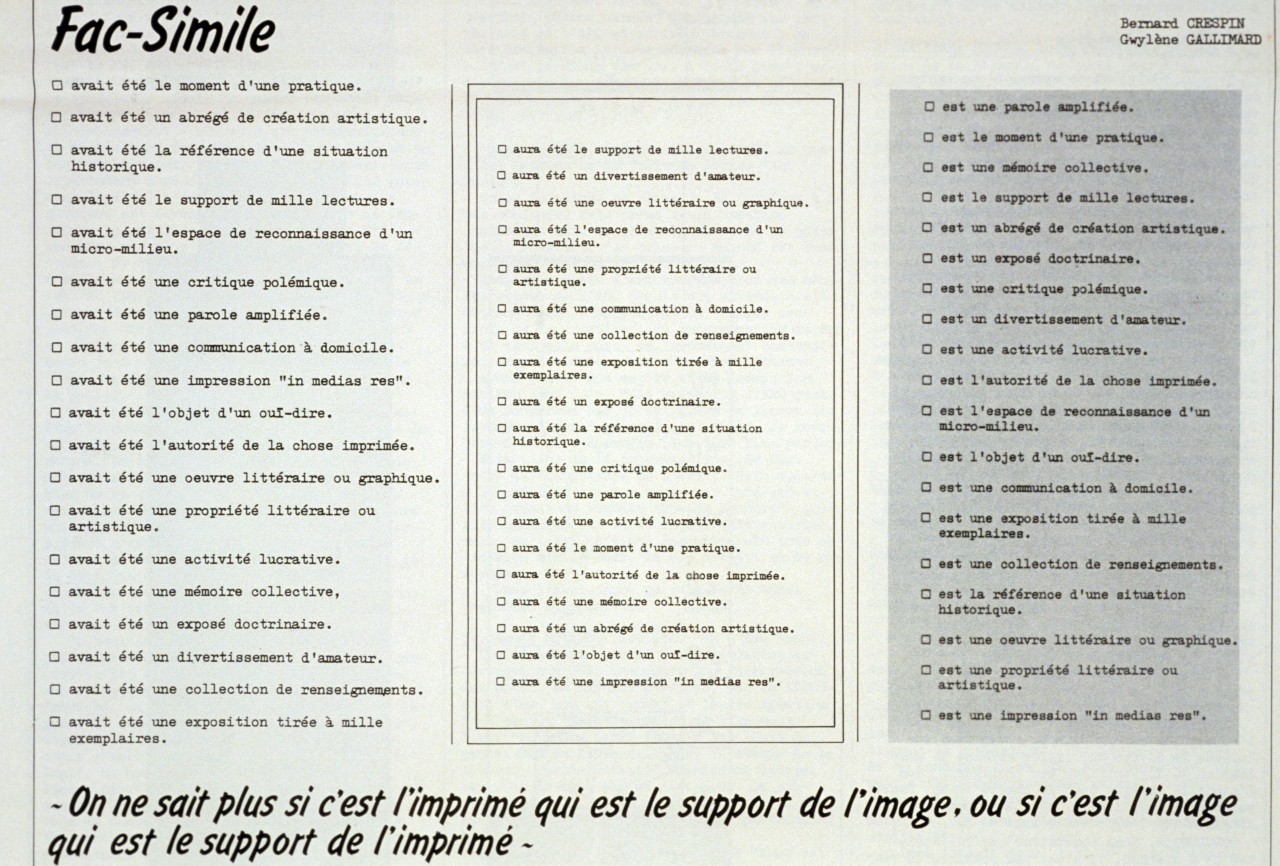
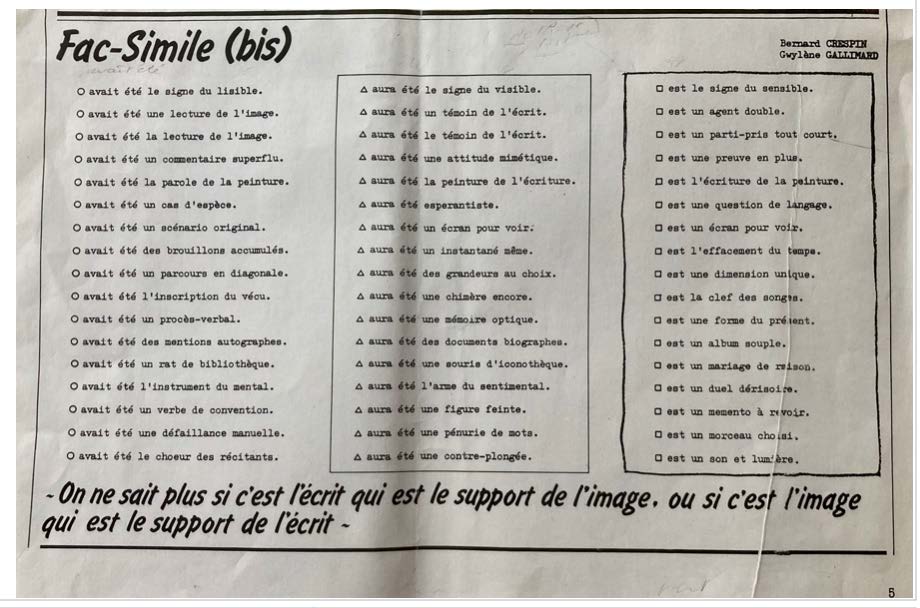
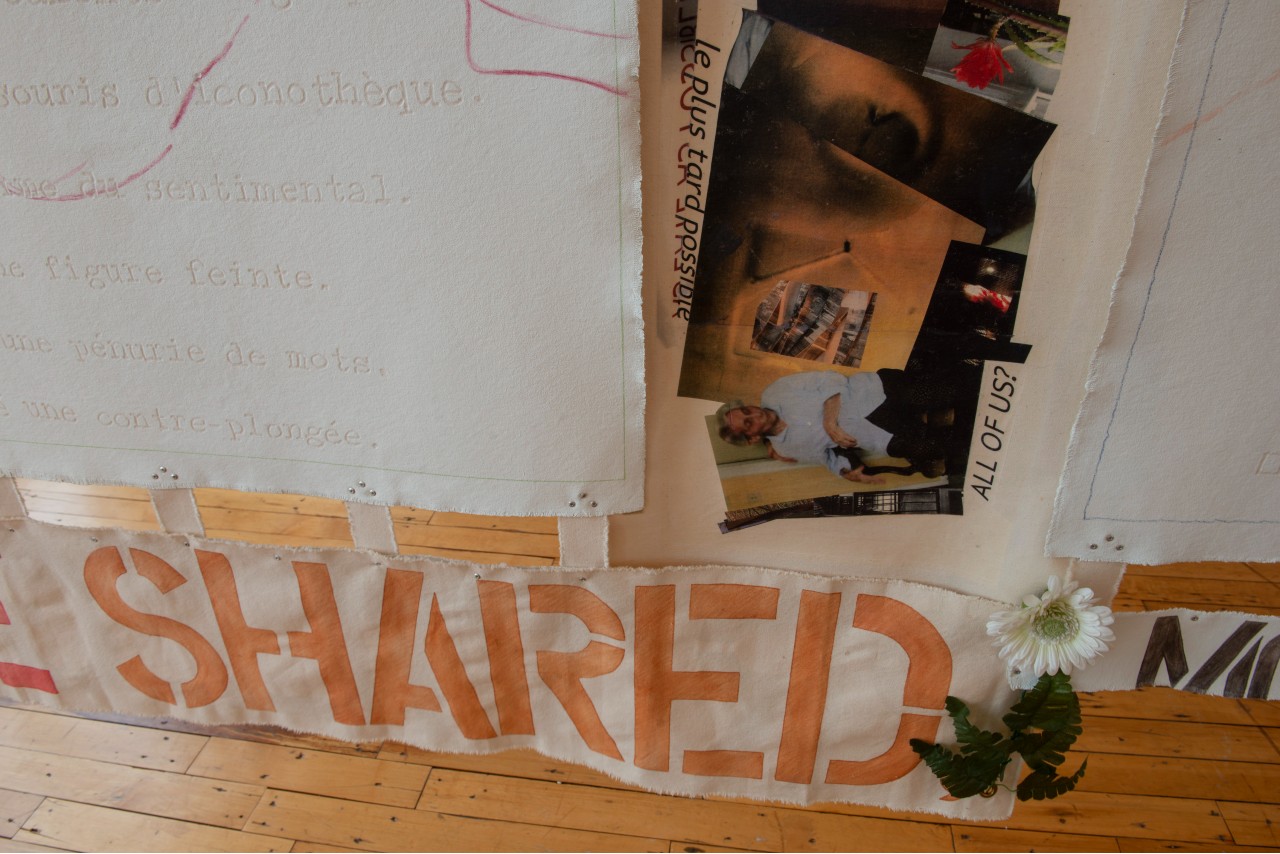
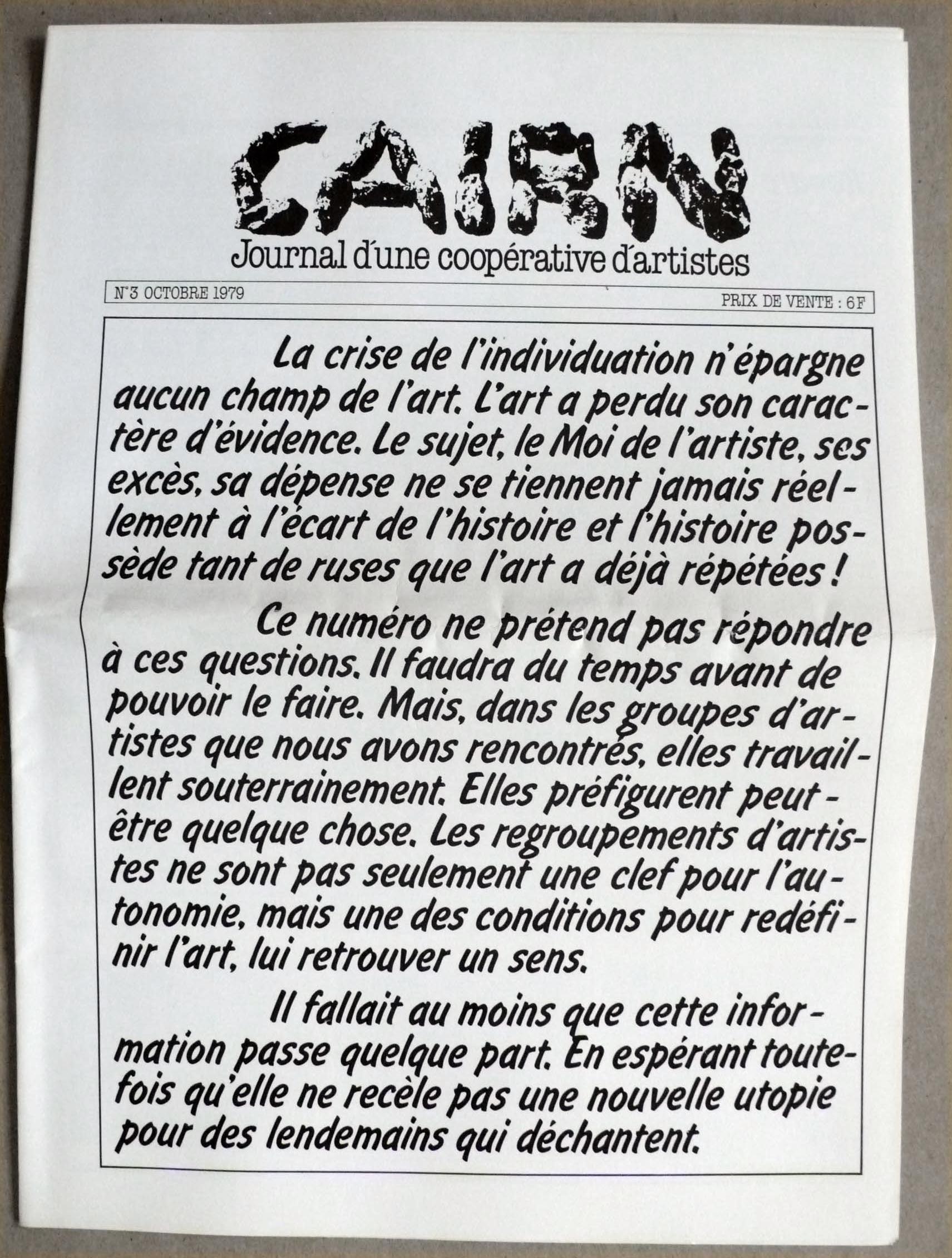
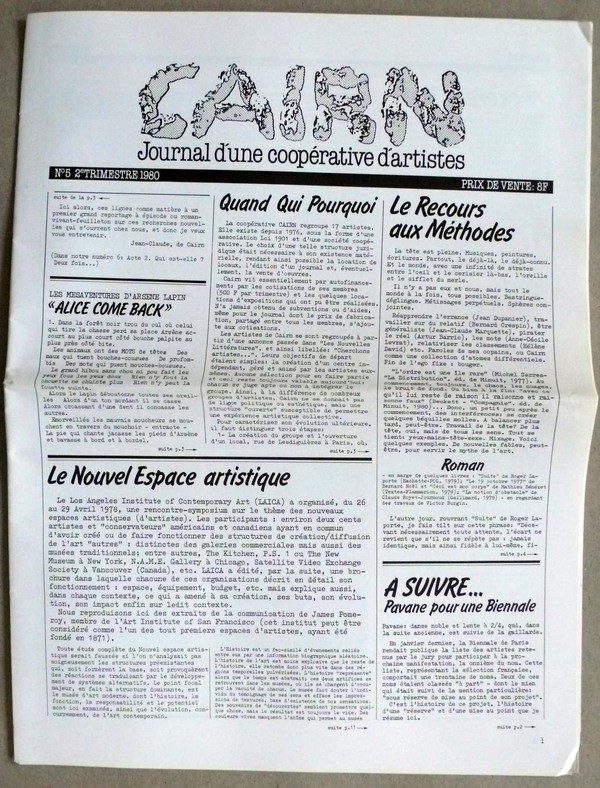
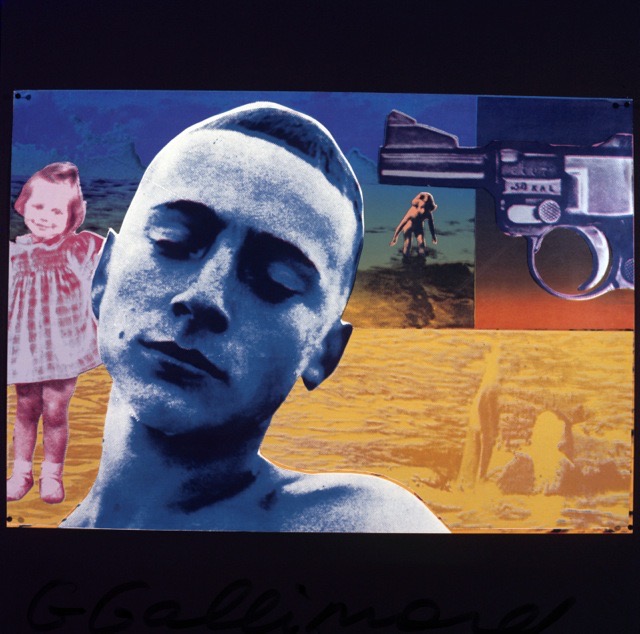
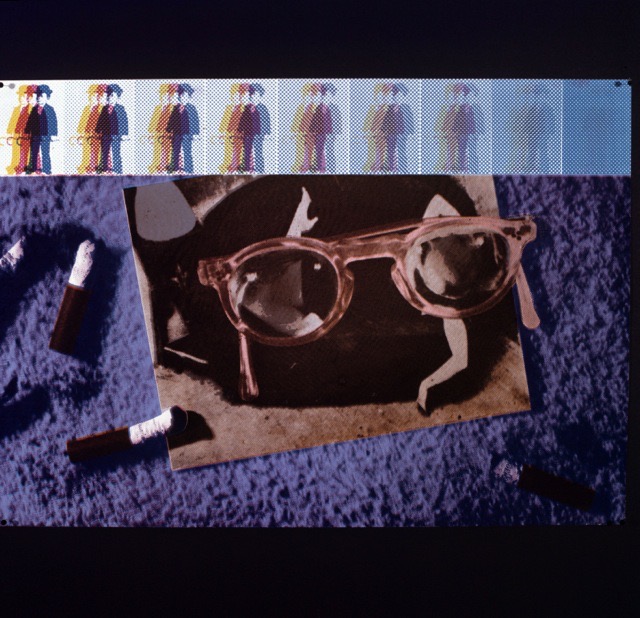
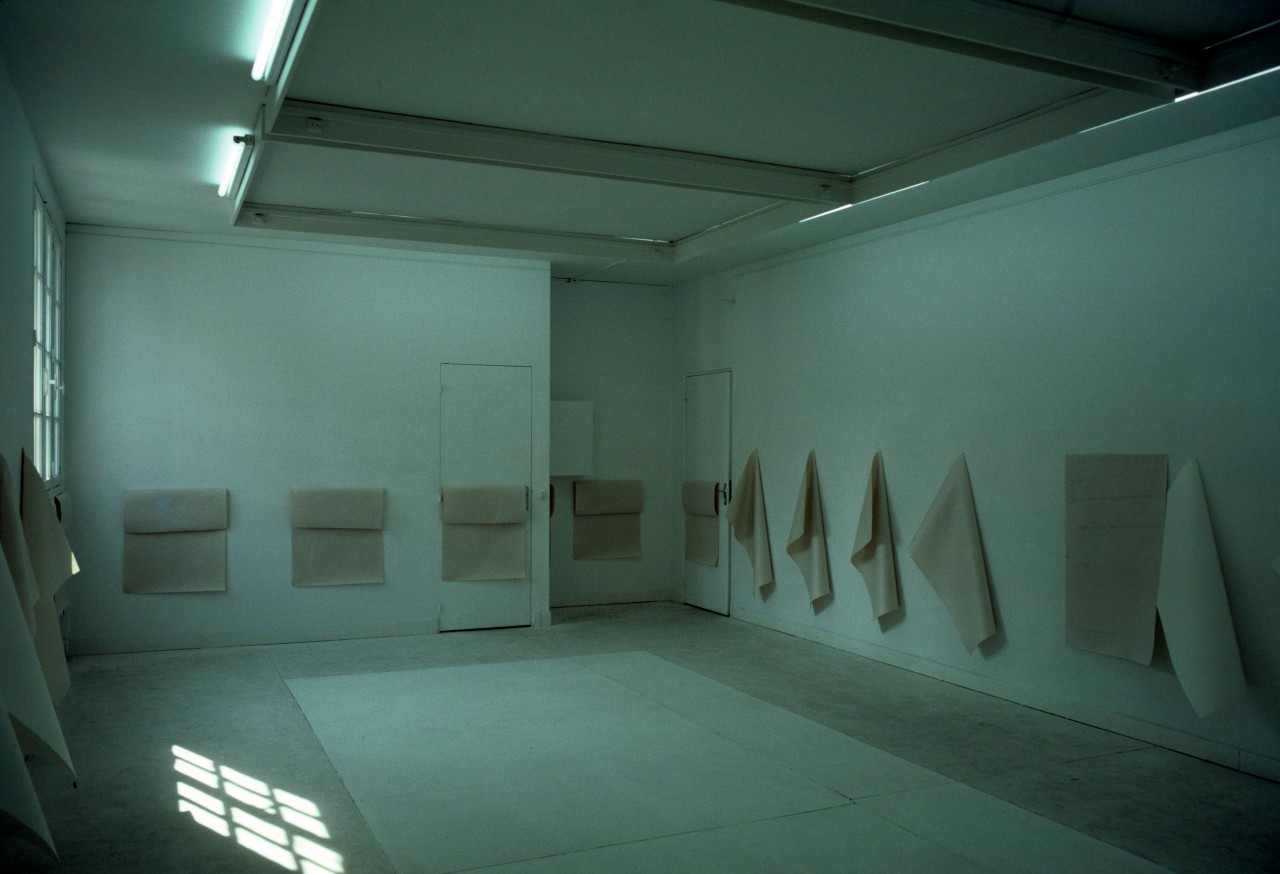
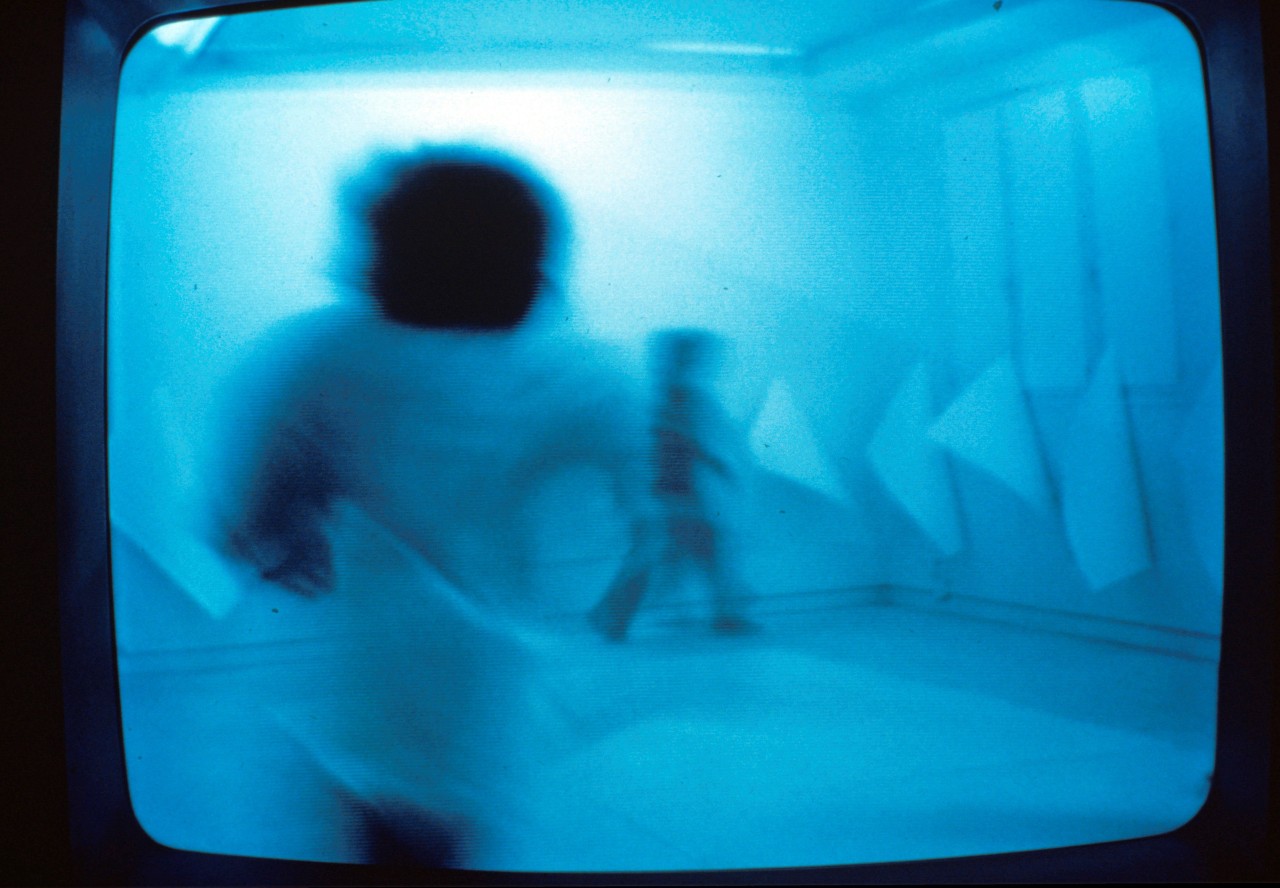
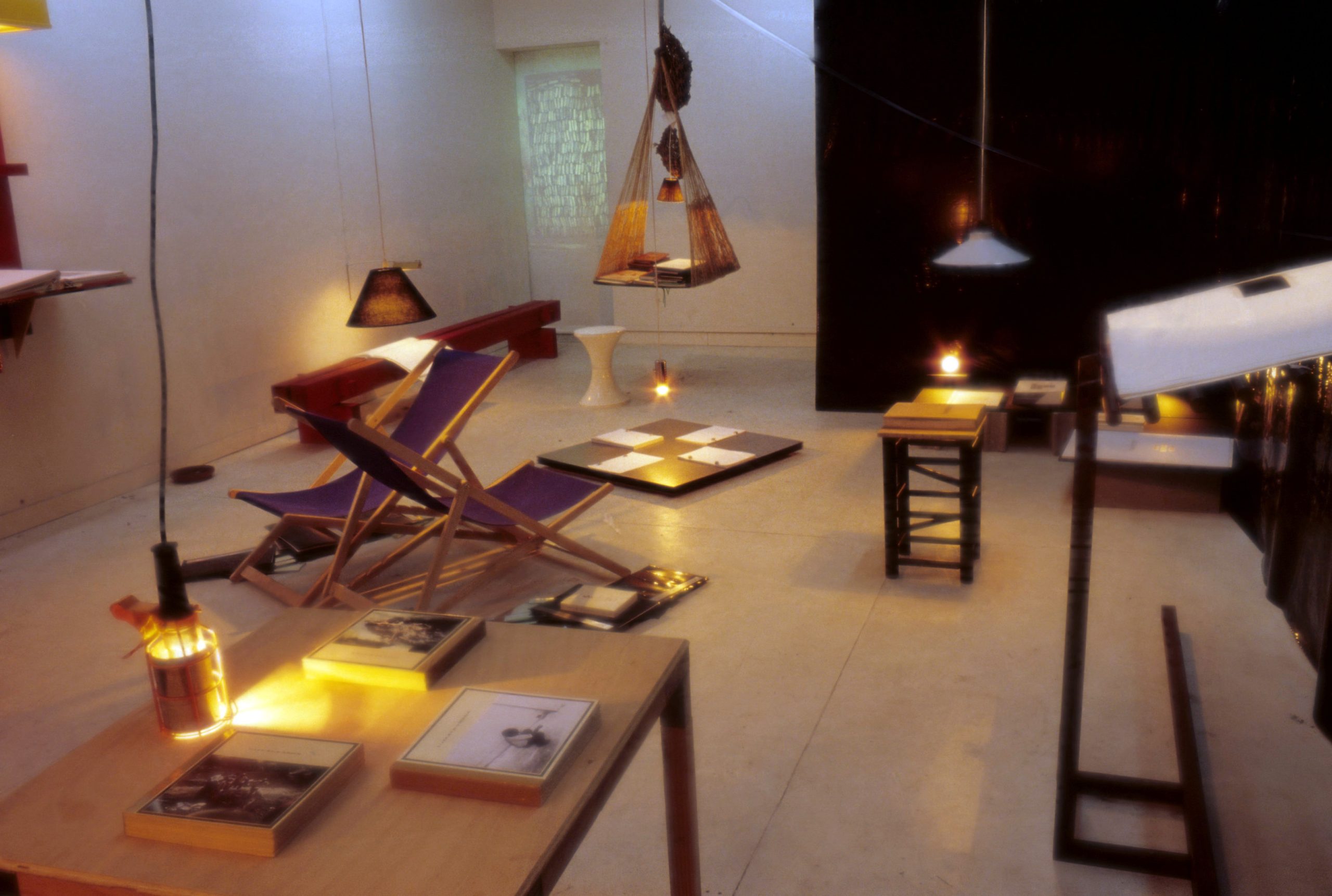

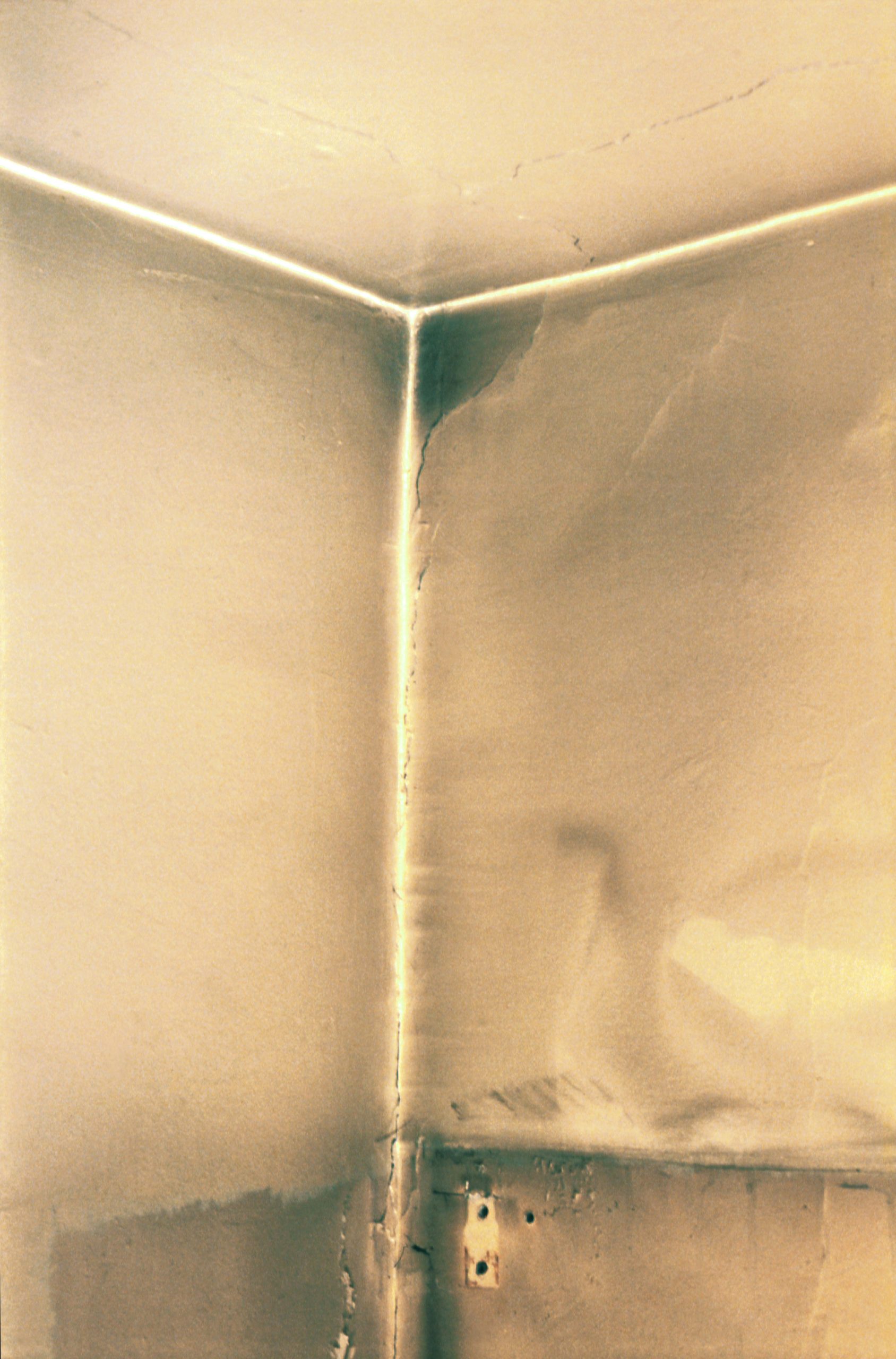
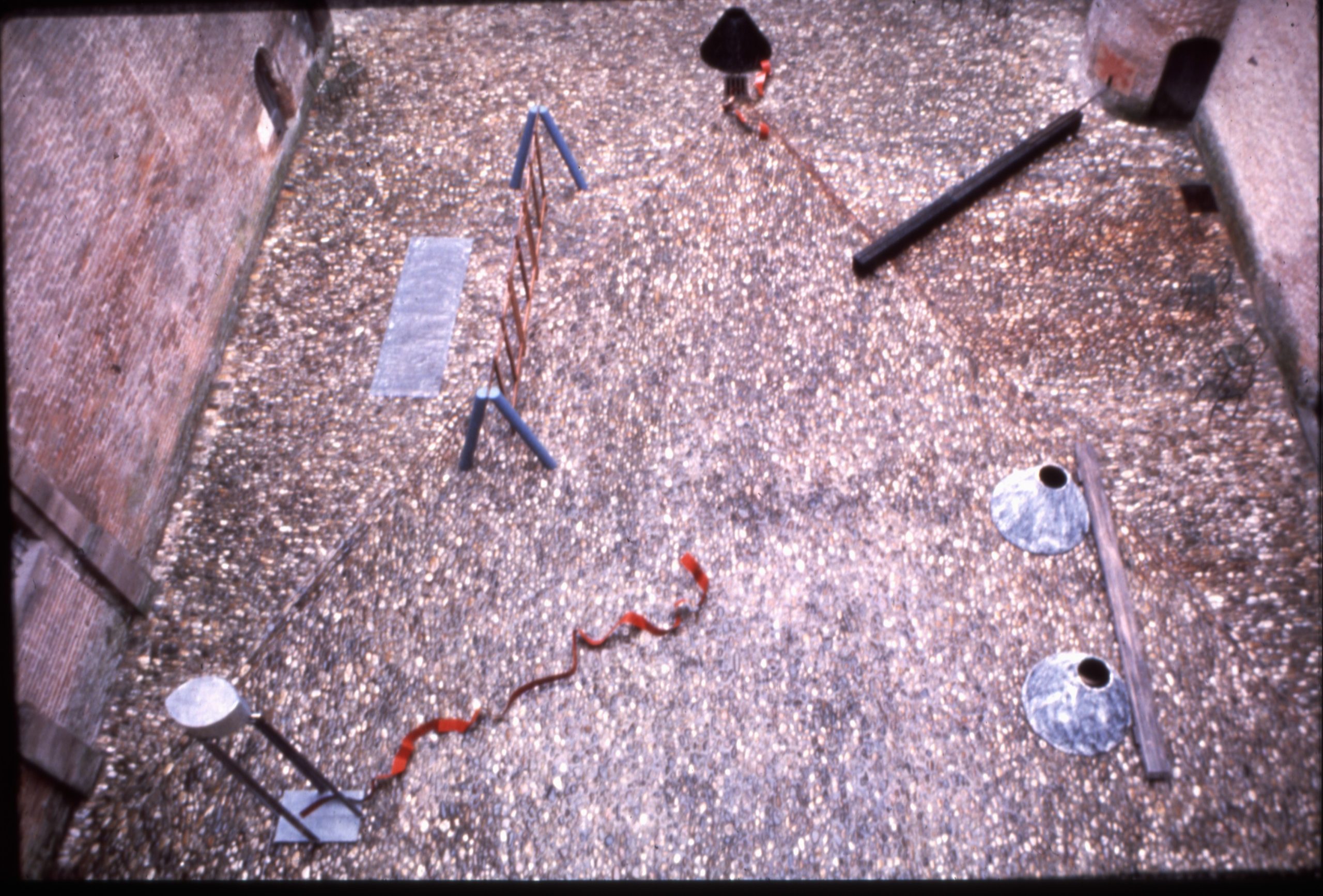
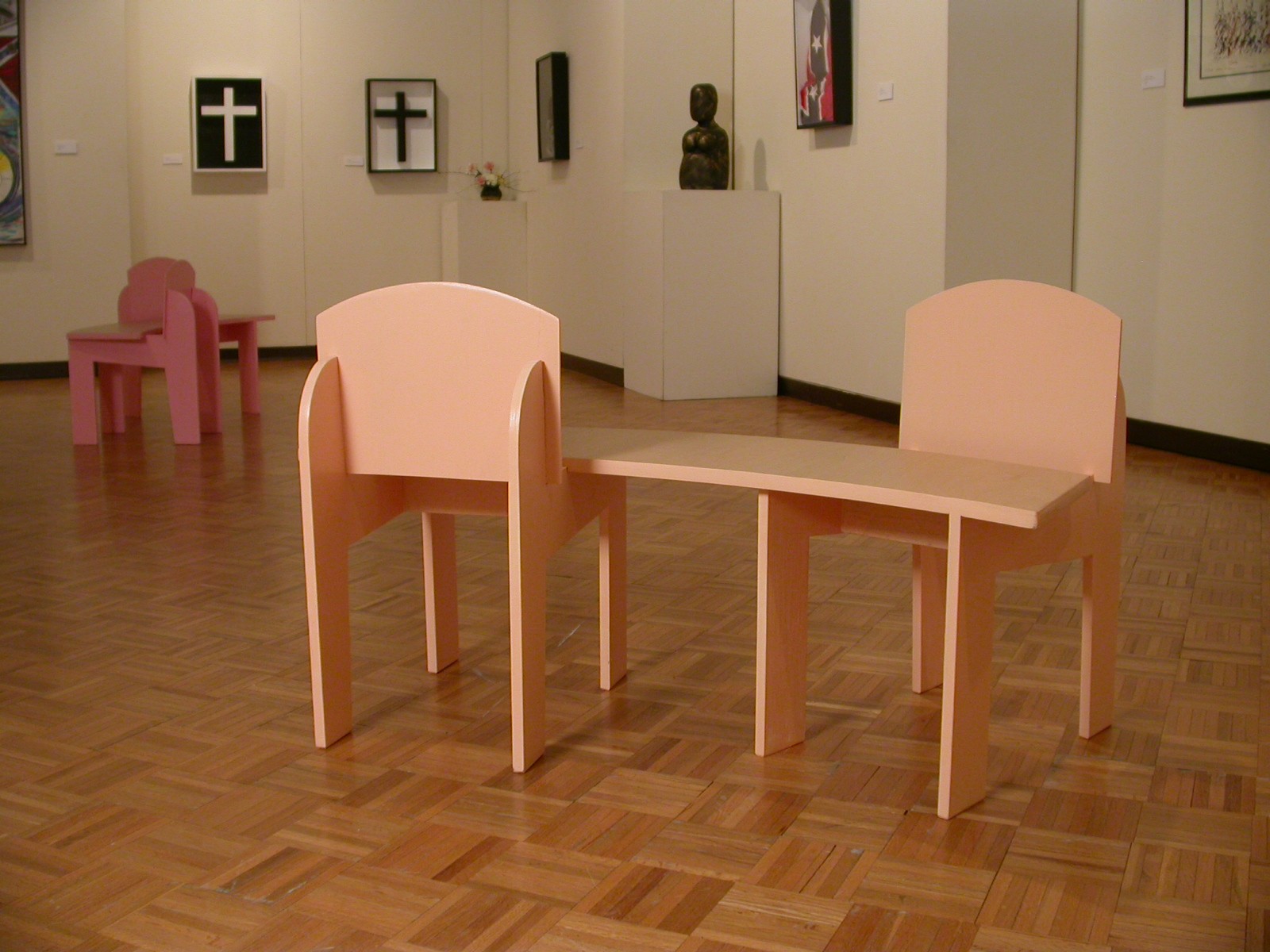
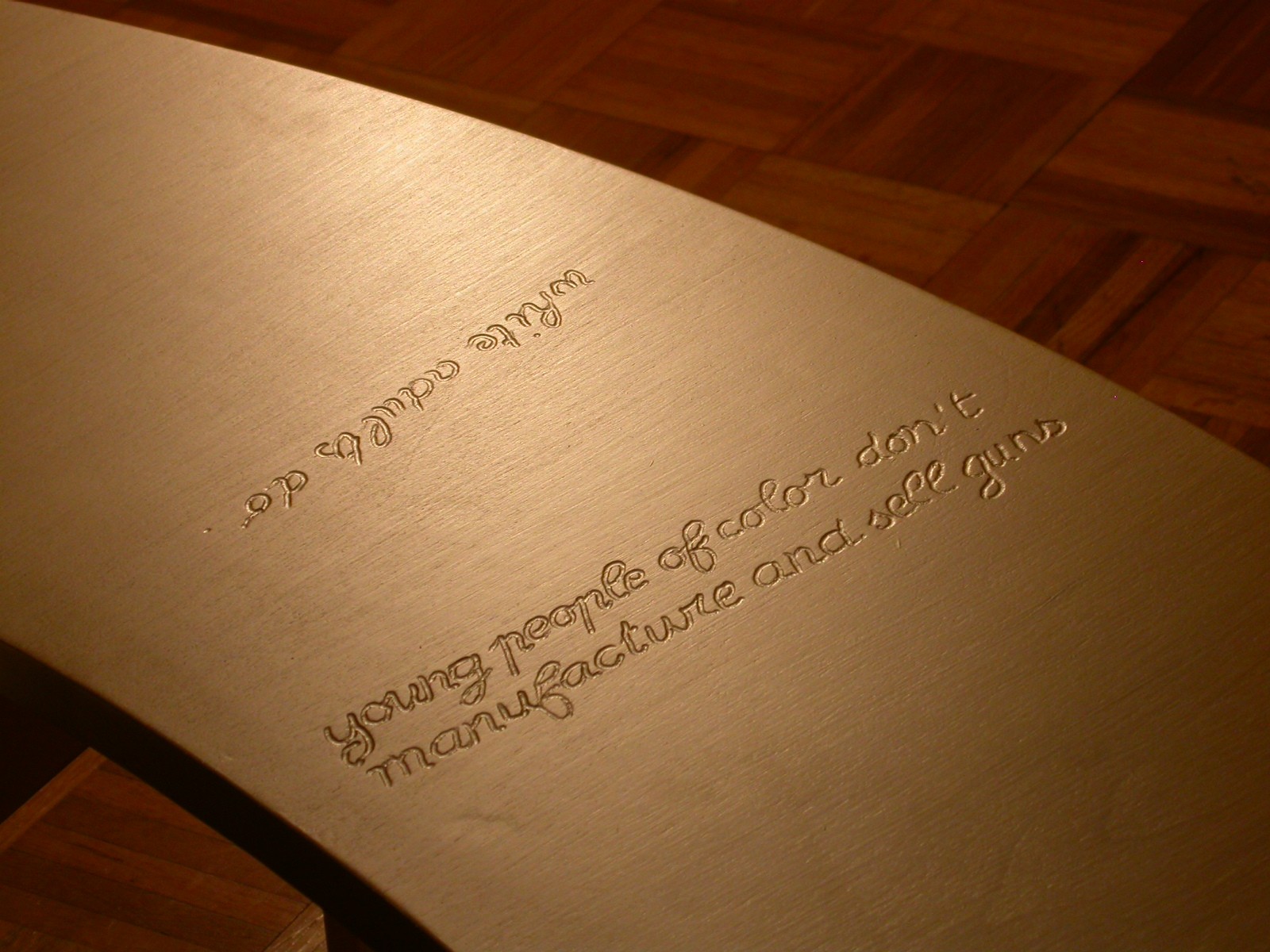
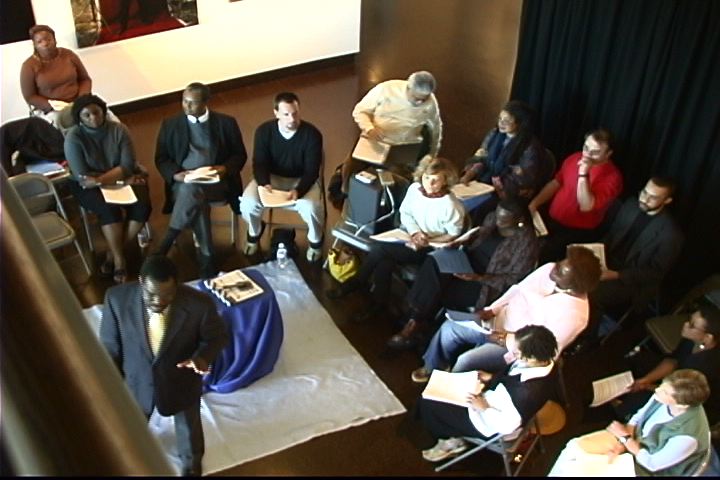
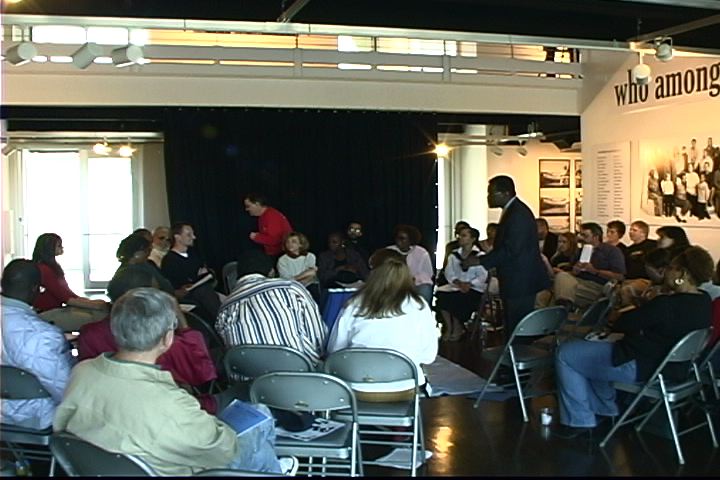
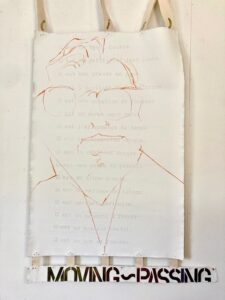
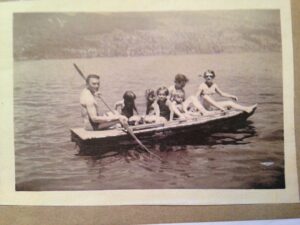 My three sisters, Maman, Papa and me. I wish I could remember!
My three sisters, Maman, Papa and me. I wish I could remember!